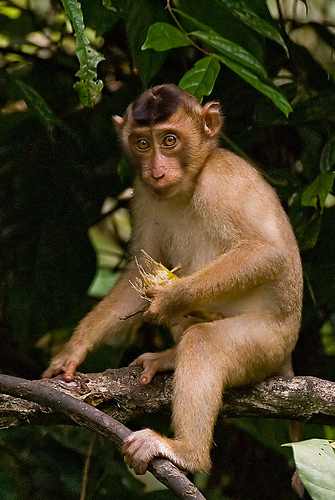QUESTION
I heard researchers have found a new malaria parasite—what is the name?
ANSWER
New malaria parasites are found quite regularly—the parasite that causes malaria, Plasmodium, actually infects birds, reptiles, rodents and non-human primates like monkeys and apes as well as humans. As such, non-human forms of malaria are discovered relatively frequently in other species. For example, a few years ago, some researchers looked at malaria in apes in Central Africa, and found a new species in gorillas, which is so new it has not even been fully described to science yet, and so remains unnamed! It is thought to be very closely related to Plasmodium falciparum, which is the most dangerous type of malaria in humans. Also recently, two new species were observed in chimpanzees, also in Central Africa, and names P. billcollinsi and P. billbrayi.
Even in humans, new infections are sometimes observed. One which has gained a lot of recent attention is not a new species, but what seems to be increasing numbers of cases of a monkey type of malaria (called P. knowlesi) in humans. It is unclear whether this is due to changes within the parasite, or changes to the landscape which might be creating more favorable conditions for the transmission of this malaria to humans. It is even possible that this malaria has always infected humans, and so this is not a new development, but due to diagnostic issues, it was mistaken for other, human malaria species, such as P. vivax and/or P. malariae.
